Head away from the crowded Dalmatian Coast and discover Slavonia and Baranja, a lush and historic region in the east of Croatia that offers hearty, delicious food, world-class wine, Baroque architecture, and wetlands teeming with bird and animal life.
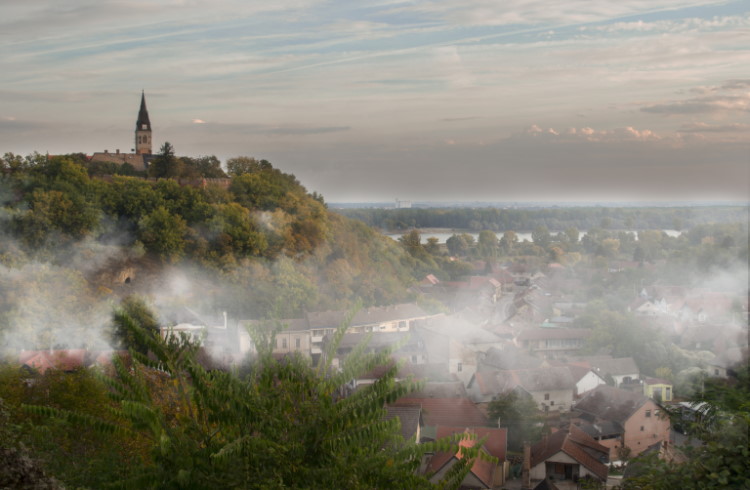 Photo © Getty Images / Marinela Kovac
Photo © Getty Images / Marinela Kovac
Pristine beaches. Shimmering blue waters. Parties. Red-tiled roofs. Island hopping. Wine. Seafood. Dubrovnik. Split.
For many, that’s what comes to mind when thinking of Croatia.
I get it, it’s a big draw.
Having lived in Croatia for 15 months, I spent my fair share of time on the coast, too, and in the capital, Zagreb. The east of the country was always a mystery – until I finally got on the road with a friend and was floored by how much I was missing out on.
Never-ending vineyards brimming with exceptional wines. Rich, hearty cuisine. Monumental churches, fortresses, and Baroque architectural gems. Winding rivers and sprawling nature parks. History that's ever-present and stretches back to 3,000 BCE.
On top of that, Slavonia and Baranja, a sort of catch-all name for a region with many subdivisions, is home to some of the nicest people in Croatia.
- Rolling hills of Slavonian wine
- What to eat in Eastern Croatia
- Osijek: Croatia’s eastern hub
- Nature in eastern Croatia, from rivers to parks
- Festivals, folklore, and monuments
- Trip notes
Rolling hills of Slavonian wine
There’s a quiet allure to driving through the patchwork of wineries that cover the Slavonian hills, with each winemaker telling the story of the land through their vintages. Although we’re visiting in November, the scenes are no less vivid with the typical greens giving way to autumnal colors that add a certain warmth.
The three rivers that dominate and shape the region – the Drava, Danube, and Sava – create a microclimate that makes for some extraordinary wines. The area is known for two in particular – frankovka, a refreshing and fruity red, and graševina, a bright and floral white that’s one of Croatia’s most popular types.
We winery-hop, sampling the best in far-flung towns. In Ilok, Croatia’s eastern-most town, surrounded on three sides by Serbia, we find Ilocki Podrumi winery resting atop a hill overlooking the Pannonian plains on one side and the Danube on the other. The dimly lit, cool cellar dates back to the 15th century and was originally part of the nearby castle. Behind well-aged gates, you’ll find dusty bottles of the same traminac wine that was served at Queen Elizabeth II’s coronation in 1953.
In the wood-laden restaurant, I’d recommend trying a more recent (and less costly) vintage paired with poderane gaće, a sort of fried flatbread, and local cheese.
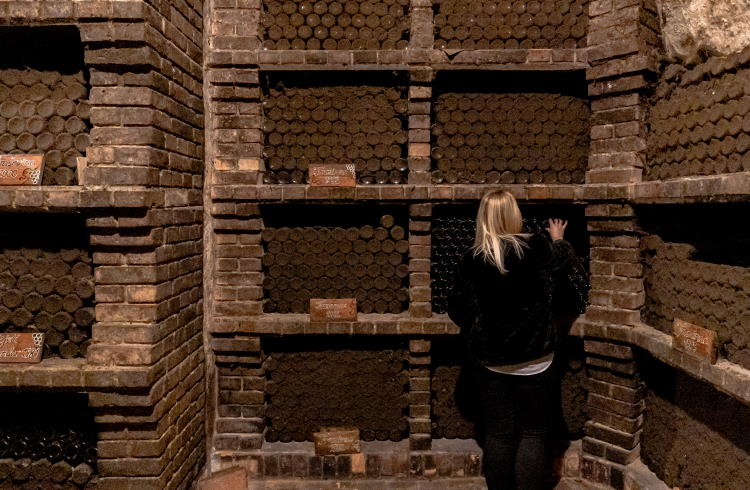
The sweeping Danube views continue in Erdut, where we come across the world’s largest, in-use barrel of wine: 75,000 liters of graševina stored inside luxurious Slavonian oak.
Slavonia is also home to Croatia’s oldest winery, Kutjevo, which dates to 1232.
Public transportation is spotty, to put it nicely, in eastern Croatia. If you prefer not to drive too much, head for the wine roads of Zmajevac. Within minutes of both the Hungarian and Serbian borders, two roads of this tiny town are lined with the cellars of various wineries dug right into the hills.
What to eat in Eastern Croatia
What’s wine without food to accompany it?
The same fertile soil that yields those fine wines also produces other delicious crops. Once the breadbasket of Yugoslavia, the Slavonian agriculture industry may be a shadow of what it once was but nonetheless continues to produce a bounty of vegetables to accompany the mouthwatering fish, meat, sausages and stews Slavonia is famous for.
History ends up on your plate here, from the intermingling of Hungarian flavors in Baranja (such as spicy fiš paprikas and čobanac, a hearty meat stew) to the iconic kulen sausage that, similar to rakija, everyone seems to make their own version of. Kulen is so historically linked to the region that the UN even granted it Geographical Indication status.
And what’s rakija? A local spirit that it seems you’re legally required to try and Croatians are legally required to offer.
By far the best meal I sink into, though, is šaran u rašljama: an entire river carp, butterflied and skewered then cooked on an open flame. It’s as dramatic as it is delicious.
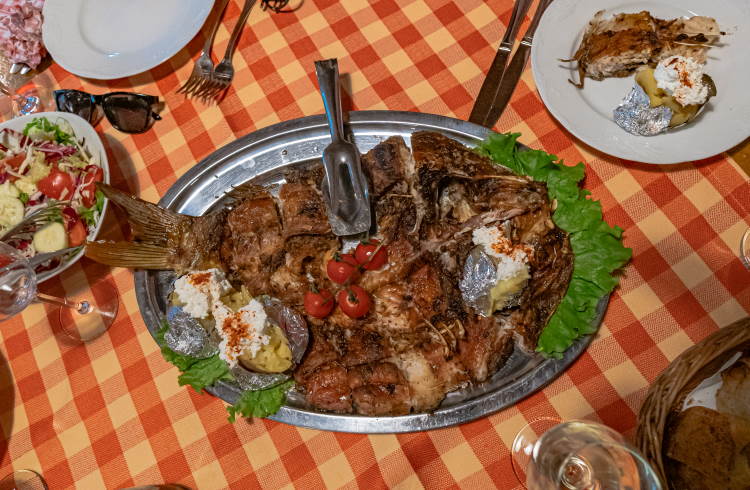
It’s important to note that this part of the country isn’t especially vegetarian-friendly. I rarely eat meat but find myself making a lot of exceptions to get the full experience. As the late, great Anthony Bourdain said, “you learn a lot about someone when you share a meal together.” In eastern Croatia, it’s well worth your time to share a meal with locals – and that meal will likely be meat.
Osijek: Croatia’s eastern hub
Croatia’s fourth most-populous city, Osijek, is the east’s biggest and the ideal base for eastern explorations. While folks flock to the coast after flying into Zagreb, spending 4-plus hours driving to Split, a trip to the Osijek riverfront will take you less than three.
Osijek lays claim to some fun Croatian firsts: first beer and brewery (Osječko, 1664), first public water supply (1751) and the first tram system (1884). Among the greenest cities in Croatia, Osijek is not only dotted with 17 parks but surrounded by nature and wetlands.
The beating heart of any European city is its old town and naturally, this is where we’re staying. How often can you say you’ve lived among Croatia’s largest and most well-preserved collection of Baroque buildings? Known as Tvrđa, the old town is encircled by a Habsburg-era fortress dating back to 1715.
It’s also where the action is. Although the Museum of Slavonia is here, this isn’t a place for solemn strolling. The cobblestone streets offer some of the city’s best bars, clubs, and restaurants.
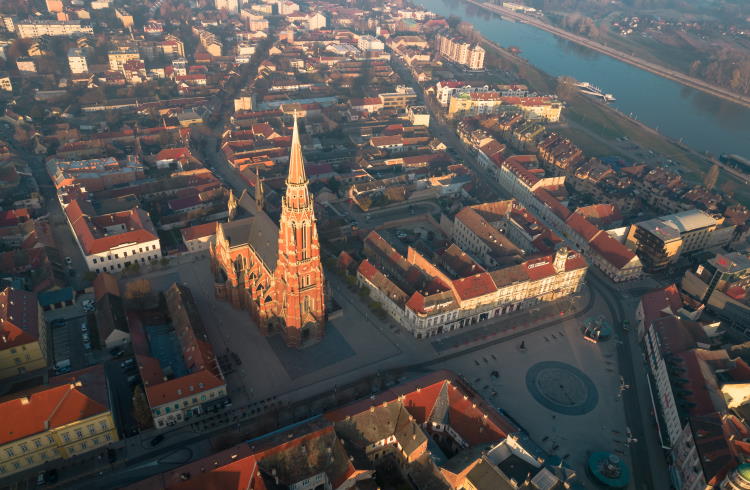
Heading out along the waterfront promenade that hugs the meandering Drava, or down Europska Avenija/Kapucinska Ulica to take in some regal architecture, you’re in downtown proper in about 20 minutes, looking up at the colossal Church of St. Peter and St. Paul in Ante Starčević Square. At 308ft (94m) it’s the tallest building in the east and was built with 3.5 million bricks.
If you’re a morning person like me, do yourself a favor and take a sunrise stroll along the river. With the sun kissing the church tops and a mist on the water, it’s magical.
Nature in eastern Croatia, from rivers to parks
At this point in our road trip out east, I’m well aware of the influence of the rivers – how they shape the cuisine, the wine, the borders of the country itself and ultimately the people. The Sava runs along the southern border with Bosnia and Herzegovina, the Danube draws the eastern line with Serbia, and the Drava cuts through Croatia but mostly marks the northern frontier with Hungary.
There’s an easy peace that comes with wandering the quiet banks of these rivers, where you won’t find waterfronts lined with cafes or many floating bars, but rather an opportunity to be with your thoughts.
In summer, however, temps in the 80s F (30s C) mean a dip in the Danube at Vukovar Ada or Osjiek’s Kopika beach (aka Copacabana) is recommended.
Given how sparsely populated the east is, you’re never too far from nature and any road trip or long stay should include a visit to Kopački rit. Among Europe’s largest wetlands at 68mi2 (176 km2) and home to dozens of species of fish, more than 300 species of birds, and other wildlife, it offers a visual feast whether you drive, boat or walk.
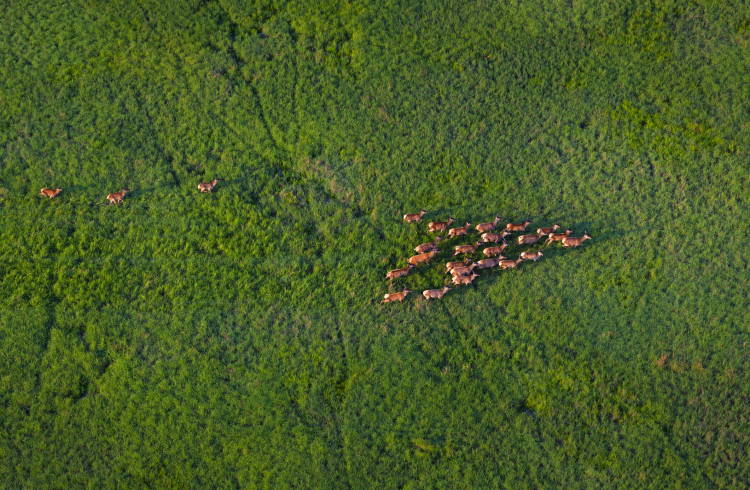
Festivals, folklore, and monuments
We’re only scratching the surface. Eastern Croatia holds so many more treasures.
In Vinkovci, you’ll find Europe’s oldest continuously inhabited town, lived in since the Neolithic period. Their Vinkovačke Jeseni autumn festival is a celebration of the region; folkloric music, traditional dress and lots of Slavonian goodies to eat and drink.
Vukovar isn’t just a place to take a swim; the city was essentially destroyed in 1991, suffering tremendously during an 87-day siege before falling to Serbia. (It was peacefully returned to Croatia in 1998). The heavily damaged water tower, visible from anywhere in town, stands as a living symbol of remembrance in a city shaping its new identity. Just a few miles from the water tower is the Vučedol Culture Museum, where recent history gives way to the distant past and an arresting look at the flourishing Vučedol culture from 3,000 BCE.
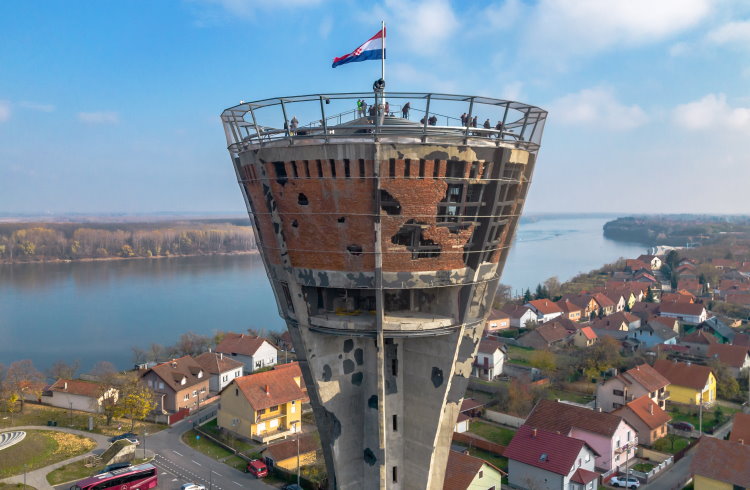
Trip notes
While our adventures east were in autumn, summer is also a great time to take it in. Longer days, warm nights, biking tours, more events and festivals, and verdant green landscapes – it’s a win all around.
From Zagreb to Osijek is 176mi (283km) and that’ll be your longest drive. The reason Osijek is a perfect jumping-off point? You can essentially cover everything above in day trips:
- To Kopački Rit: 7.5mi (12km)
- To Vukovar: 22mi (35km)
- To Vinkovci: 27mi (43km)
- To Đakovo: 33mi (53km)
- To Ilok: 50mi (80km)
The price of renting a car varies greatly – in summer it’s going to cost more due to demand. Depending on the car you use, you won’t need much more than a tank of gas for the entire trip. As far as accommodation, there are plenty of offerings from hostels to 4-star that can fit any budget.
Related articles
Simple and flexible travel insurance
You can buy at home or while traveling, and claim online from anywhere in the world. With 150+ adventure activities covered and 24/7 emergency assistance.
Get a quote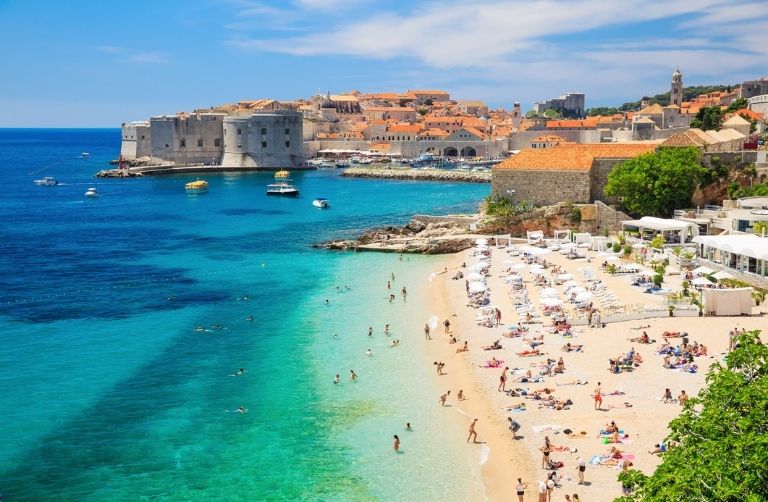
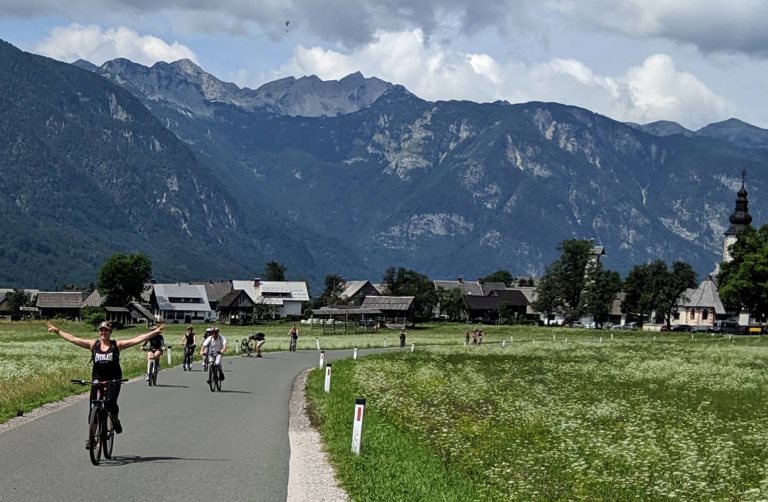
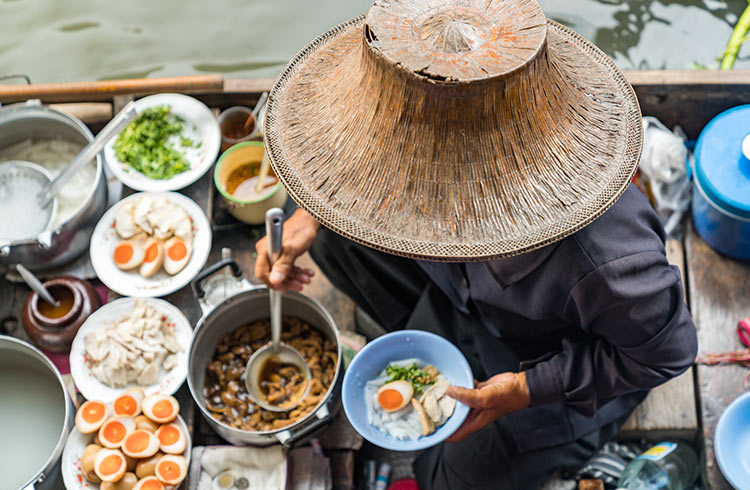
1 Comment
Excellent article; I grew up in Osijek and this captures the essence of the area. Lots to see, good food and excellent vino. Cannot ask for more.